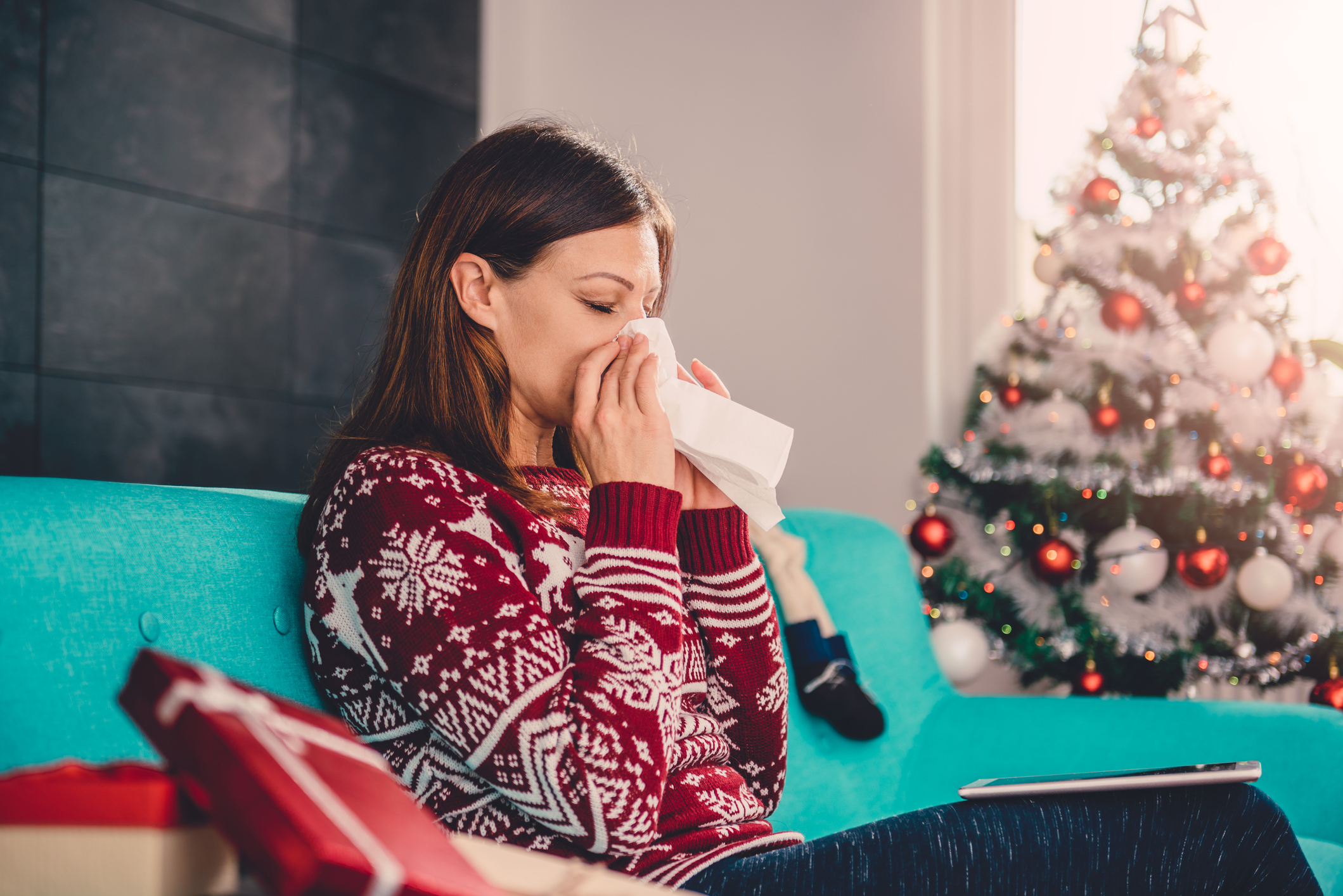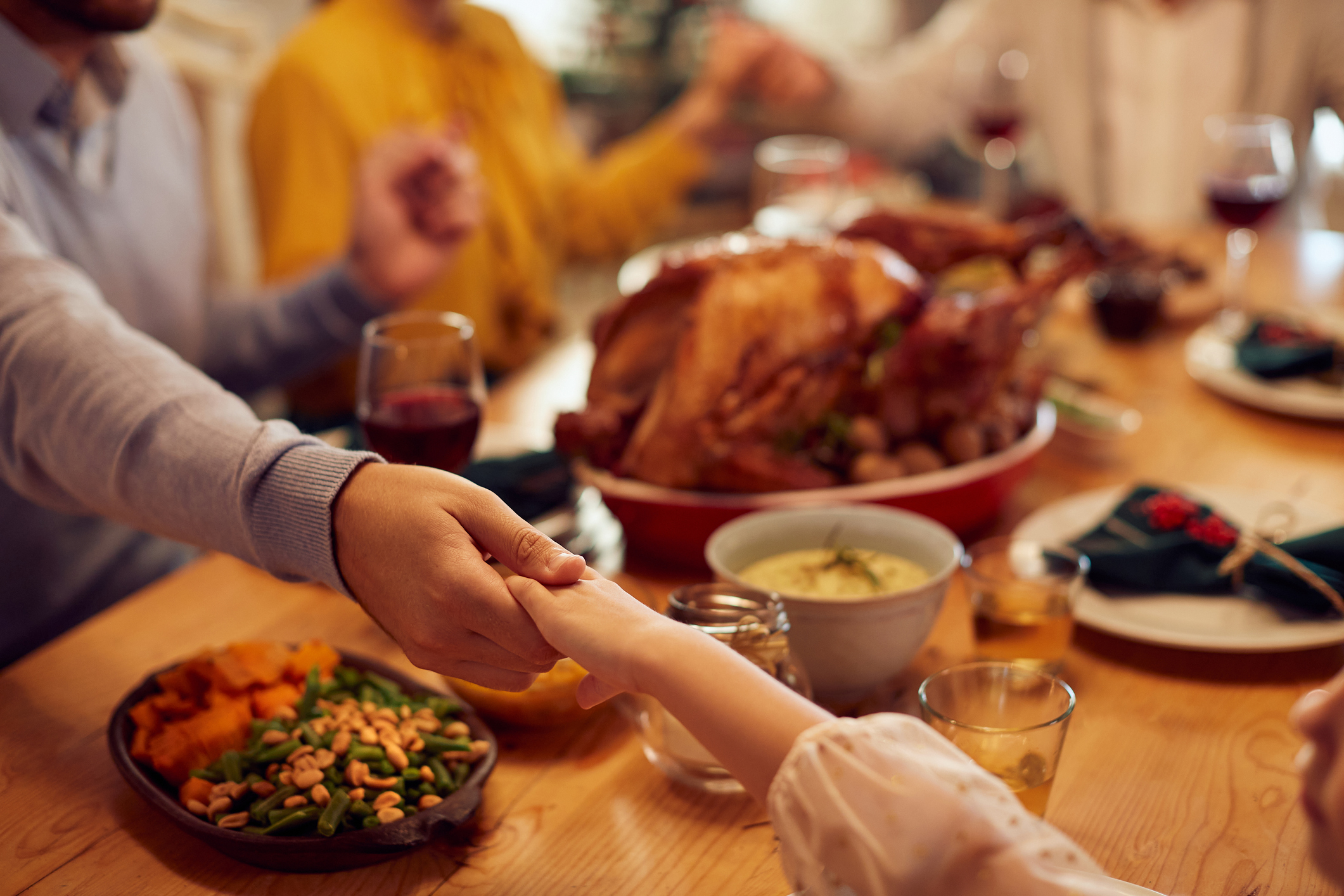ST. GEORGE — As people are preparing turkeys and pies for big family gatherings this coming week, there’s another big gathering taking place in Southern Utah: A gathering of germs.

The local health department said it might be just the start of an extraordinarily vicious illness season – one not just characterized as a cold and flu season but a new reality of cold, flu and COVID season.
“It’s nastier than usual,” said David Heaton, spokesperson with the Southwest Utah Public Health Department. “It’s looking like might be one of the worst cold and flu seasons in decades. COVID has joined cold and flu season as part of that landscape.”
In the first post-COVID-19-pandemic Thanksgiving, the now-endemic SARS-CoV-2 is sharing the malady marquee with two other ailments: respiratory syncytial virus (RSV) and influenza.
RSV right now has top billing, even though at worst it only affects the oldest and, especially, the youngest. The cold virus, which has no vaccine or cure, can produce severe bronchiolitis or pneumonia, resulting in hospitalization or even death in those groups and is especially lethal to those younger than 5.
For that reason, some of Southern Utah youngest are among those who have put Primary Children’s Hospital in Salt Lake City at or near capacity for the last two weeks. While local hospitals aren’t near the same situation, check-ins are on the uptick.
“Local hospitalizations are up because of RSV and influenza,” Heaton said.
Some local families already have adjusted their Thanksgiving plans with family and friends either feeling sick or testing positive for COVID. And as bad as eating too much on Thursday might feel, health officials say getting sick because of carelessness might be worse.
“ Our advice for Thanksgiving and Christmas this year … spread joy not bugs. If you’re sick, sit this out, there are plenty of other holidays. Don’t expose other people. There’s always a vulnerable population” Heaton said, adding that a lesson of the pandemic was that the biggest superspreading events for COVID weren’t concerts or sporting events, they were family gatherings like Thanksgiving. “With COVID, people were getting sick at close family gatherings.”

COVID also has something to do with why it appears this illness season is looking grim. The last two seasons had some wearing masks, with many practicing physical distancing and washing their hands.
Since the worst of COVID went out with Jack Frost at the end of last winter, Southern Utah has very much gone back to a pre-pandemic footing.
Heaton said while COVID made people more aware of how to avoid illness, avoiding that illness may have left many more susceptible.
“Some immune systems may be lower than they should be because they did not have the normal exposure,” Heaton said.
Speaking of COVID, until Friday it had looked like the virus that causes the disease was on the rise in Iron County but not in St. George. At least that was from the amount of COVID detected in sewer water measured by the Utah Department of Environmental Quality.
But new data released Friday showed St. George has caught up. Iron County’s COVID levels doubled dating back two weeks and has held at that steady high, while Washington County’s did the same last week.
Iron County is at its largest level of COVID-19 detection since January, while Washington County on Friday hit its high since a one-week blip up in late June.
As far as Thanksgiving is concerned, the current recommendation from the Centers for Disease Control and Prevention with Southern Utah still at a low community level is for people who have symptoms and/or test positive within the last five days to stay home.

But those in a household who have been exposed but aren’t positive or exhibit symptoms can go ahead and drive over the Virgin River and through the Dixie National Forest woods to get to grandmother’s house. But the exposed should still wear a mask to keep Grandma from ending up in the hospital.
And that’s not from Grandpa’s attempt at stuffing.
“Exposed people with no symptoms don’t need to quarantine but should wear masks in close quarters for up to 10 days after exposure,” Heaton said, noting CDC guidelines.
The latest increase is coming from the latest evolution of the virus that causes COVID: the BQ.1 subvariant. Health officials at the Utah Department of Health and Human Services, as well as national experts at the CDC, say unlike when the omicron variant usurped the delta variant, BQ is having a slower pace in displacing omicron mainly because the latest COVID vaccine booster repels omicron and BQ.
BQ is also showing that the progression is continuing where COVID is becoming more contagious but less severe. Utah’s health department said there has been one COVID-related death in Southern Utah reported thus far in November and there were four in October.
But even a mild bout with COVID can leave behind long COVID symptoms that can, with care, last a minimum of a year.
Despite that, Heaton said the story at the local hospitals right now isn’t COVID. But experts say the advice for COVID is also good advice if someone is sick with any other infectious disease: Stay home.
“What we’re hearing on the ground is hospitalizations are up from influenza and RSV from kids with some COVID,” Heaton said. “More of a surge in RSV and flu.”
Copyright St. George News, SaintGeorgeUtah.com LLC, 2022, all rights reserved.